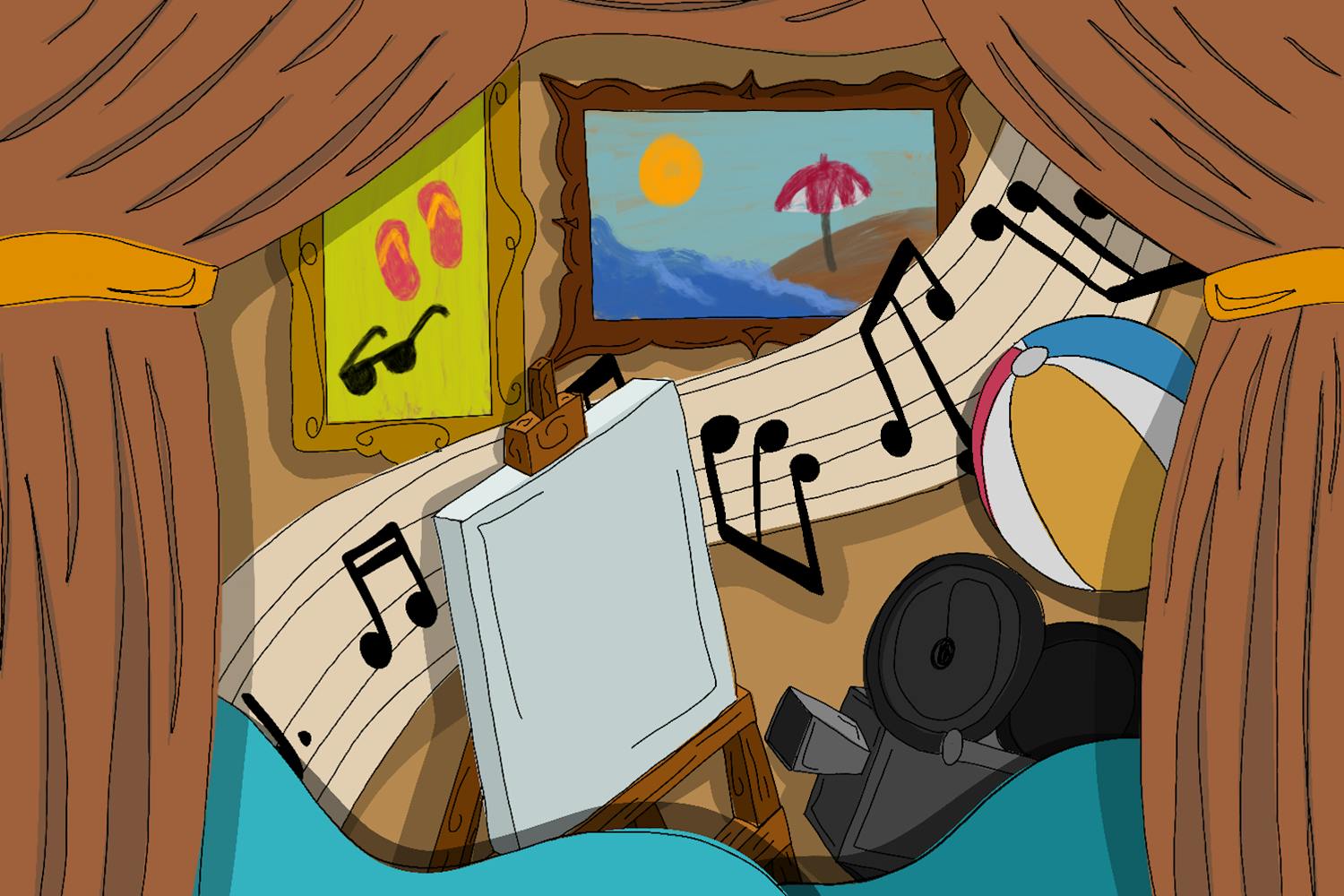The Walter Cronkite School of Journalism and Mass Communication and the Julie Ann Wrigley Global Futures Laboratory's College of Global Futures are strengthening relations in an effort to better teach sustainability storytelling as environmental media coverage becomes more paramount.
While climate and sustainability stories can be convoluted due to their geographical and time scales, it's critical to make that information accessible. The university offers programs and classes in this specialty, but bringing in Susan Goldberg, editor-in-chief of National Geographic, with a joint appointment in Cronkite and Global Futures is the next step.
Goldberg said she is looking forward to “working with people on how we are telling stories around sustainability in the environment," because "there's a big opportunity to improve how that is working.”
The world “is adrift due to all the pressures we put upon it, it is uncharted waters, and we have to steer it to a safe landing spot,” said Peter Schlosser, vice president and vice provost at the Global Futures Laboratory.
According to Schlosser, both scientists and the media are responsible for raising awareness of the challenges we face, their roots, and possible solutions.
“I think in journalism, we tend to be incredibly negative when we tell stories about sustainability and particularly about climate change. A lot of those stories read that 'we are all doomed,' 'we're all going to die,'" Goldberg said.
One way to combat the doom and gloom is solutions-based journalism — news stories that focus on the responses to problems rather than the issues themselves — Cronkite Dean Battinto Batts said.
Cronkite aims to examine how journalism can magnify or replicate more of what's working in sustainability storytelling and apply that to different communities. It's a question of "how can we utilize our platforms to bring people together ... and participate in that process,” Batts said.
Professor of Practice Peter Byck, who also holds a joint appointment with Global Futures and Cronkite, teaches a course on sustainability storytelling through filmmaking.
A good story has to have good characters, Byck said, it is the connection with real people that can engage with and inspire audiences — it’s “all about personal stories … the science is sort of the backdrop.”
One goal for the collaboration is to make a story more relatable, which will reach audiences’ emotions to inspire a change in action that is more tangible on individual levels.
Keeping up with these stories as events unfold is another critical factor, to make sure certain stories are told beyond moments of extremity. “That is something where professionals can do a much better job than we as scientists,” Schlosser said.
Communicating topics as complex as sustainability issues can be is daunting. Goldberg advocates for simplifying this with five points every sustainability-focused article should hit.
Furthermore, Goldberg has championed a cross-platform model of storytelling, utilizing a variety of platforms to connect with a diverse audience to “show and not just tell,” she said.
Tailoring the narratives to specific audiences is one of the greatest challenges in scientific communication and is one of the areas that someone with an experience like Goldberg’s can really help advance, Schlosser said. Goldberg will use her experience with National Geographic to teach, open opportunities and expand on audience understanding, he said.
Although the plans are still in progress, Goldberg will work from ASU's Washington, D.C., campus doing things to “make the University more high profile in town, whether that's an event series or getting more students at Cronkite News here in Washington,” but she plans on regularly visiting the Arizona campuses, she said.
Goldberg is not the only professional with a focus on sustainability journalism at ASU, and the school plans on expanding further.
Batts noted two who are currently associated with ASU: Sadie Babits, sustainability director for Cronkite News, and Byck. Batts said since Goldberg's appointment at ASU, he's heard from at least a couple of journalists who are interested in also partnering with Cronkite. “It's becoming a recruitment tool for us," he said.
For curriculum, the University currently offers a dual master’s program in which students can work towards an MA in mass communication through the Cronkite School and a master of sustainability solutions from the School of Sustainability simultaneously.
"Our partnership with Global Futures Laboratories is just that — it is a global relationship," Batts said. "If we think global, we have to talk about what the future of our planet is as it relates to sustainability on several factors."
Reach the reporter at cbraggs@asu.edu and follow @ConteuseClaire on Twitter.
Like The State Press on Facebook and follow @statepress on Twitter.




